Large photo prints are an amazing way to decorate your home or office, tell a story, or simply enjoy art. However, when creating large, high-quality prints, many people make one crucial mistake: assuming a smartphone can deliver an optimized photo for print or relying on DIY methods that fall short. This article will guide you through the essential expertise and gear needed to achieve professional, stunning large photo prints that will look legitimate on your wall.
Why High Resolution Matters
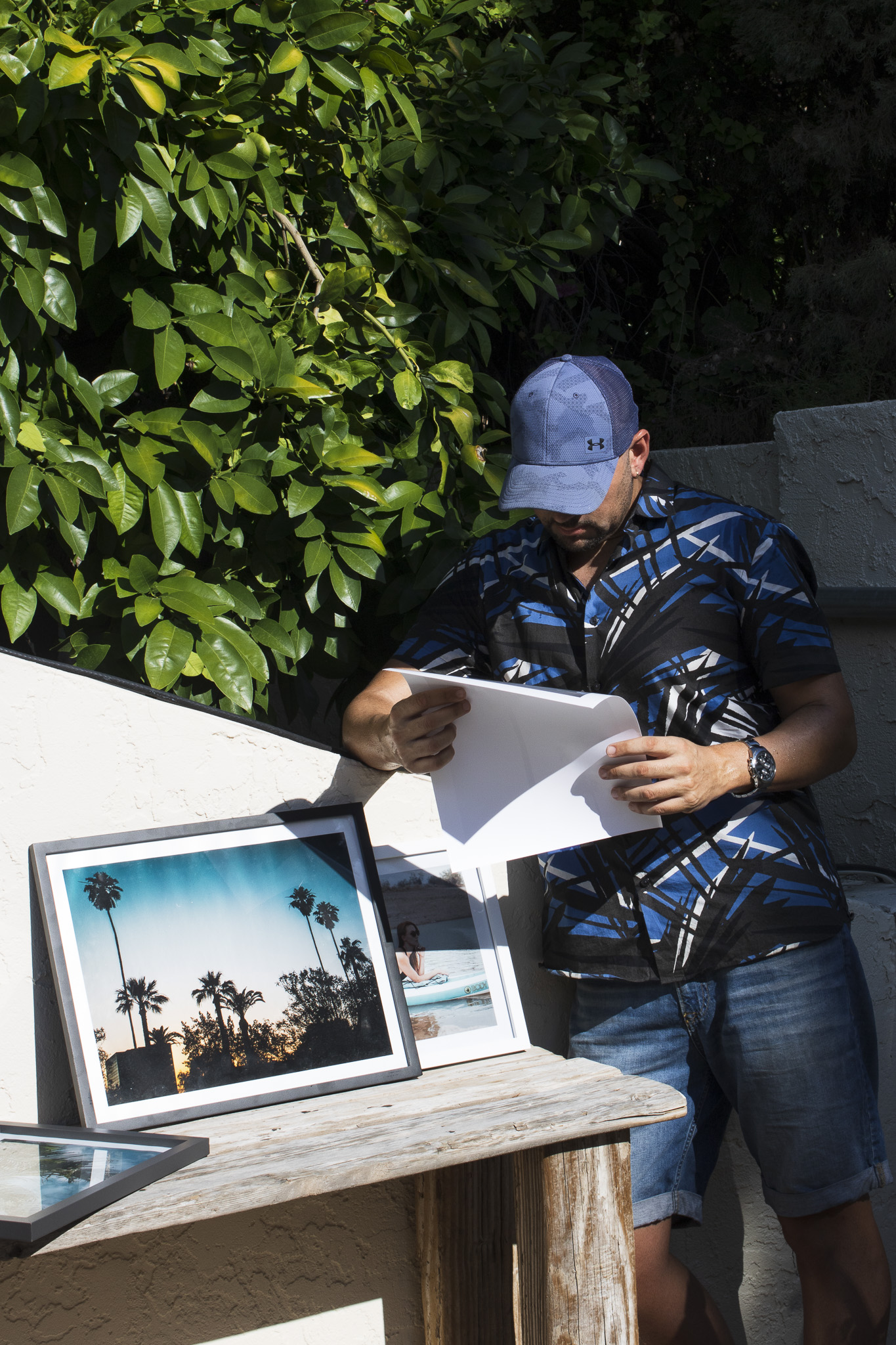
Printing large photos means that every detail will be exposed. This is where professional photography makes a day-and-night difference compared to DIY methods and smartphone myths. A resolution of 300 dots per inch (DPI) is the standard for printing images. If this resolution can’t be met, the print will most likely appear pixelated or blurry. Professional cameras use large sensors with a high megapixel count. One of my favorite cameras for editorial and print work is my DSLR Canon 5DS, which features a 50-megapixel sensor, perfect for large-format prints and high-resolution images that showcase intricate details. While some smartphones boast impressive megapixel counts, their small sensors result in poor detail retention, ultimately degrading photo quality when printed.
The Importance Of Pro Editing
When you choose professional work over the amateur DIY approach, you’re investing not only in the craftsmanship of a distinctive photograph but also in a meticulous post-production process. Here are some important steps that a smartphone can’t replicate but are crucial for achieving professional results:
- Color Calibration: Your computer monitor must be calibrated using spectrometers and professional-grade software to ensure that what you see on the screen matches the colors in the final print. This is especially critical for large prints, where color inaccuracies are more noticeable.
- 16-bit Editing: Professionals work with high-bit-depth files to retain as much detail and tonal range as possible during editing, ensuring no quality is lost.
- File Preparation: Professionals know how to edit, scale, and prepare files to avoid compression artifacts and maintain detail, ensuring your large print is as vibrant and sharp as the original image. High-resolution TIFF or uncompressed JPEG files are best for printing.
Why DIY Large-Format Printing Falls Short
Why not just print it myself? The answer lies in the challenges of large-format printing:
- Sensor Size: Smartphones, hobbyist, and semi-pro cameras have small sensors, resulting in limited detail and poor performance in low-light conditions.
- Resolution Issues: DIY prints often fail to meet minimum DPI requirements, leading to poor results.
- Color Mismatches: Uncalibrated monitors and printers can result in prints that look different from the original smaller image on your screen.
- Scaling Problems: Images must be carefully resized to maintain their aspect ratio and avoid distortion.
- Lack of Control: A professional photographer knows how to use their camera in manual mode to achieve the perfect exposure for any situation. Smartphones, while convenient for casual photos, lack this level of control.
- Optics: High-quality lenses are expensive because they offer unmatched precision and clarity.
Camera VS Phone
Smartphone cameras are excellent for capturing quick, everyday moments, but they simply can’t compete with the technical capabilities of dedicated cameras. To print large photos, you need ample detail, depth, and texture. While using something less than a professional camera might suffice for casual snapshots, it’s not ideal if your goal is to showcase a stunning, statement-worthy image on your wall
When To Invest In Professional Prints
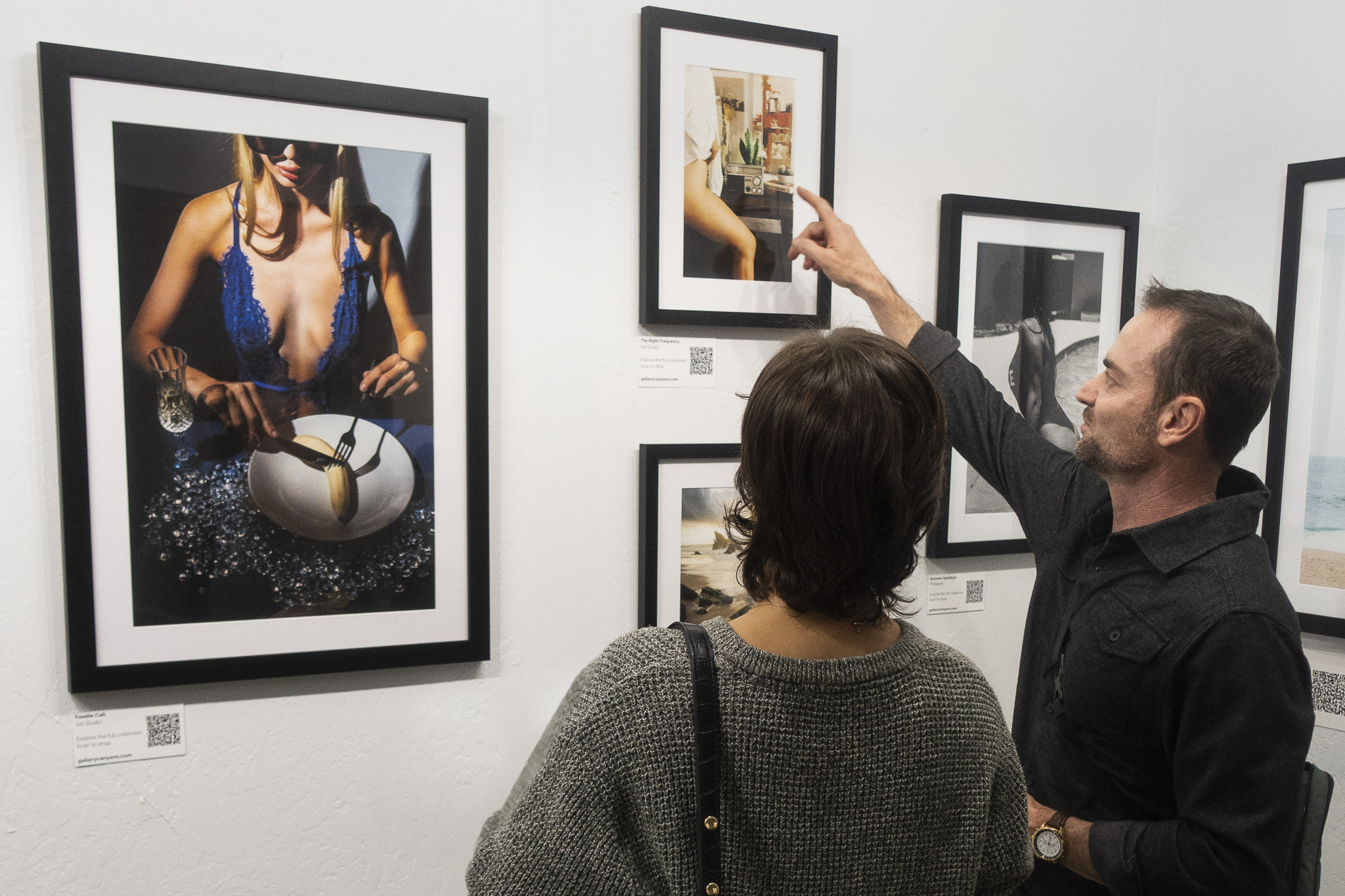
If you are serious about large high-quality prints, professional photography is non-negotiable. Here are some additional tips that will save you time and are definitely worth considering:
- High-End Photography: Invest in distinctive prints created by expert photographers, especially those experienced in print work and skilled in preparing images to ensure flawless results.
- Work With the Right Printing Company: If you are a professional photographer yourself, make sure to find a printing service specialized in fine art printing.
- Explore Gallery Canyons: The Gallery Canyons collection is thoughtfully curated to elevate your space with premium framed fine art photography. It’s perfect whether you’re looking to enhance your home decor, upgrade a corporate space, or find a timeless gift.
For those who choose quality over compromises,
Sal




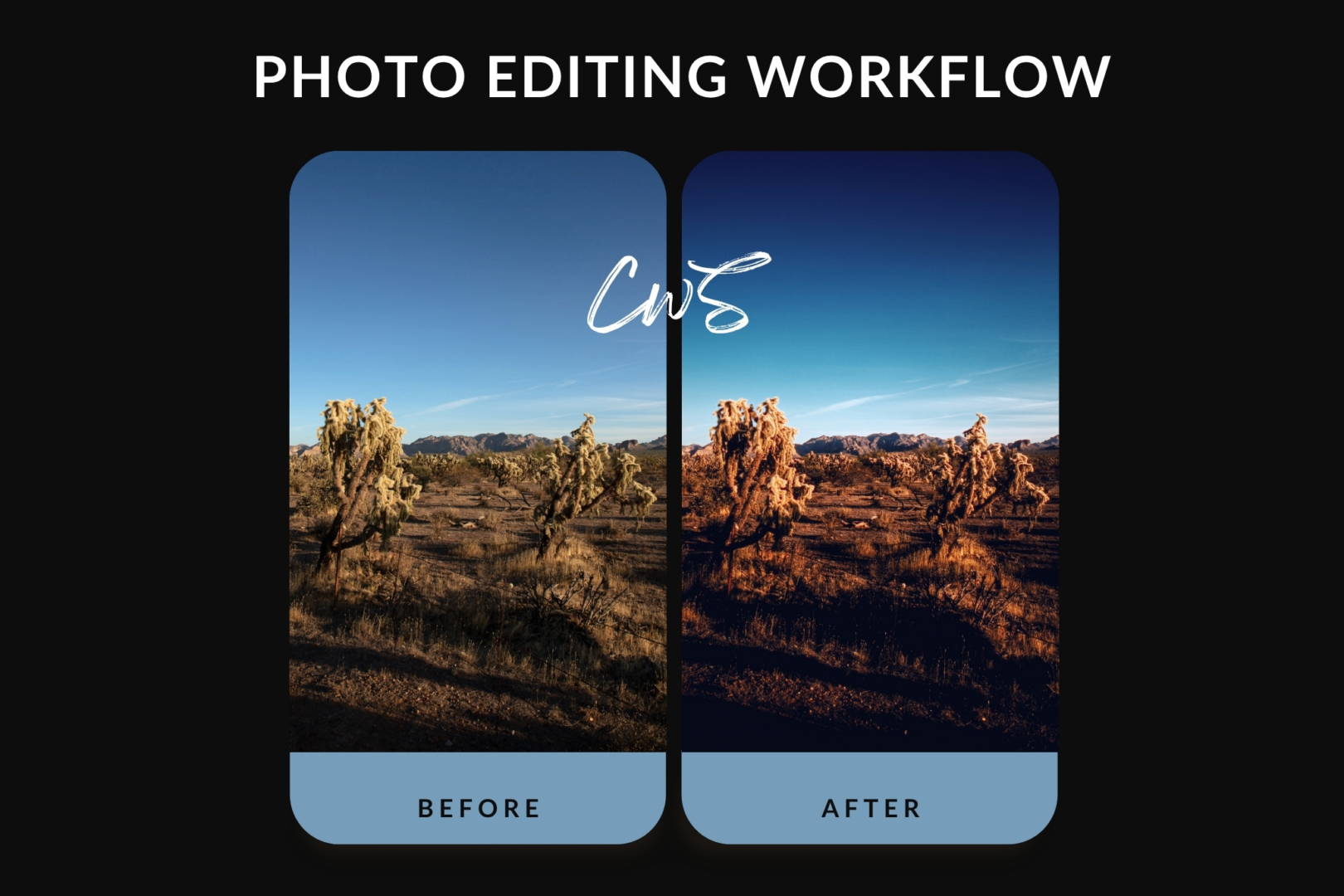
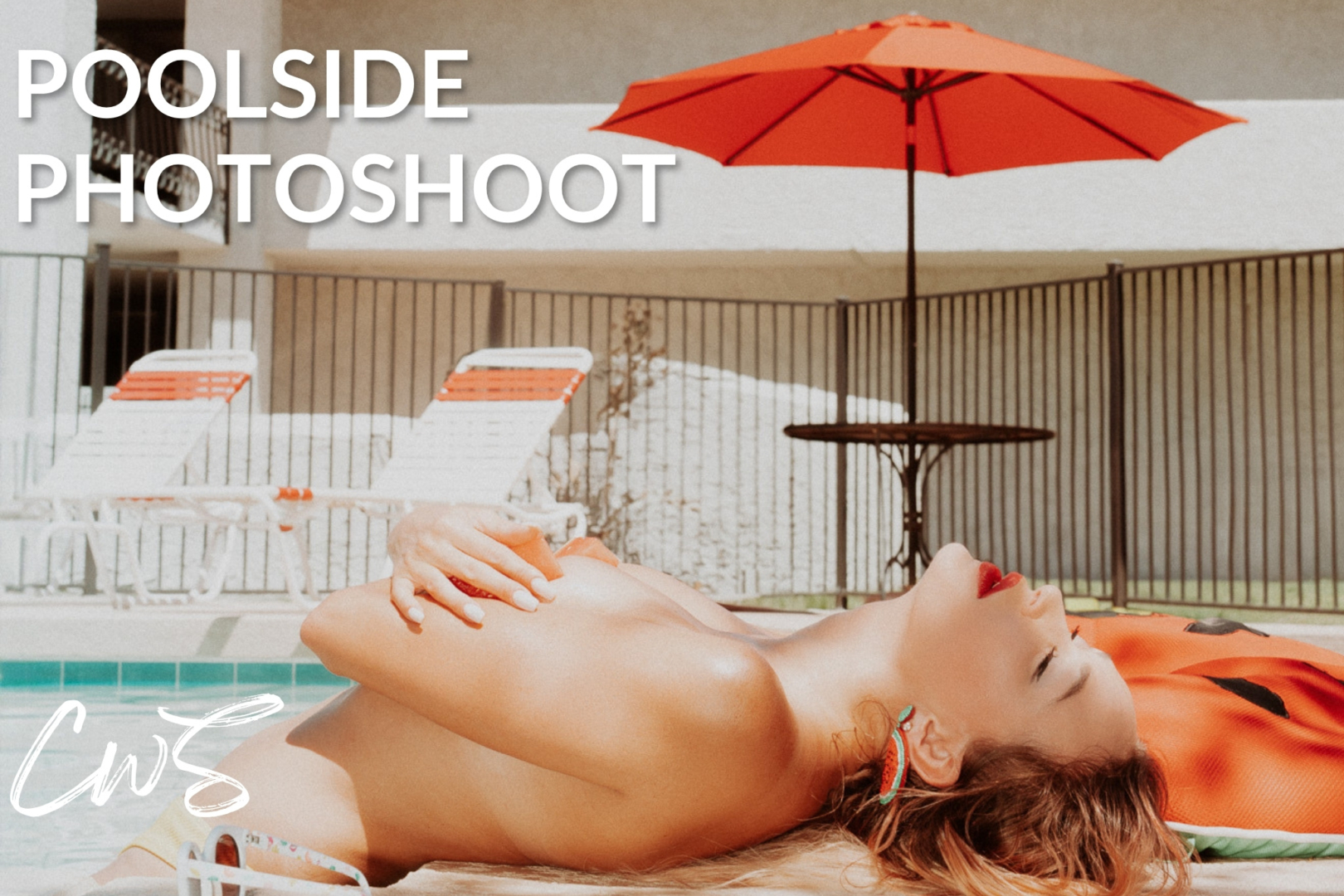


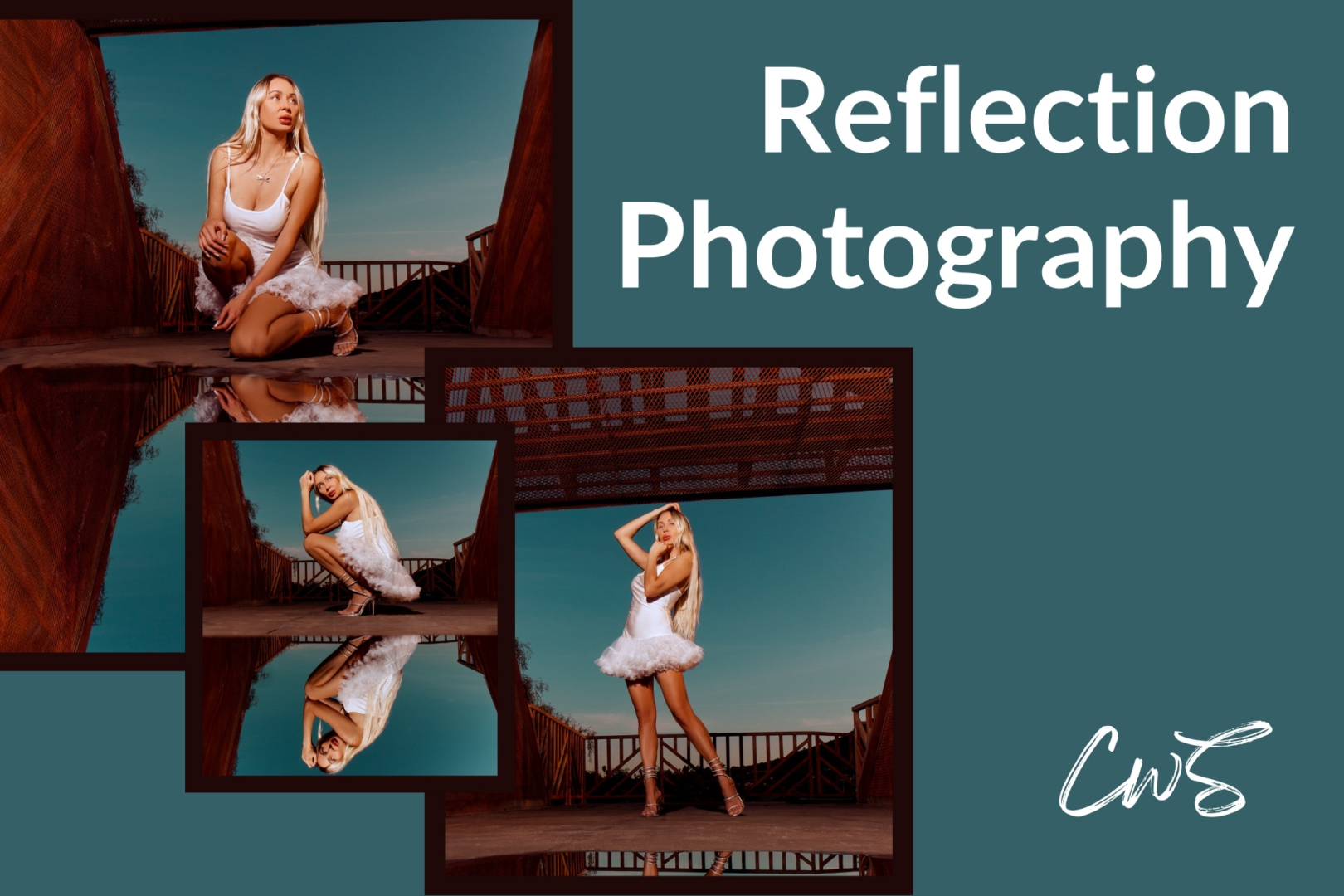



Leave a Reply